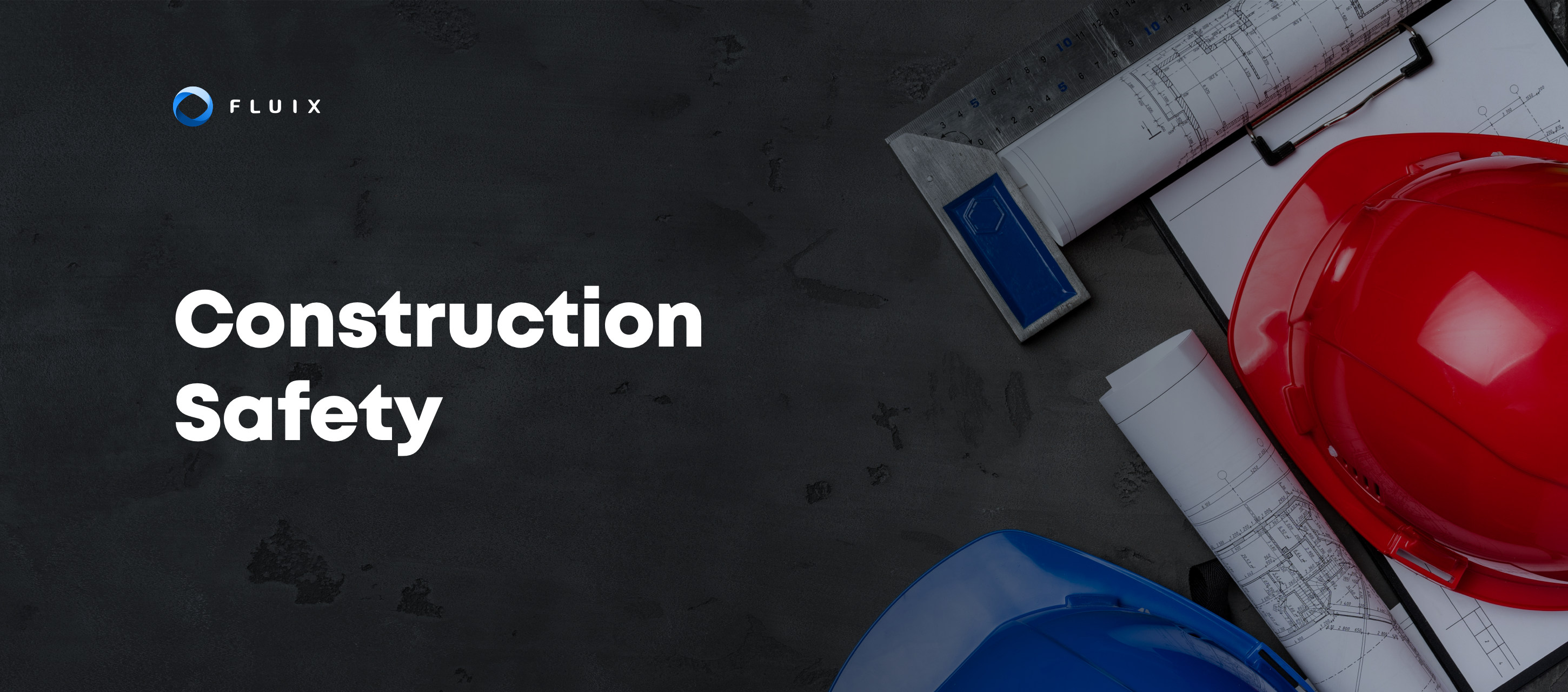Before the first shovel hits the dirt, you need a clear financial roadmap. After all, buildings don’t just show up overnight: equipment, field workers, permits, and office space are the result of careful planning and coordination.
So, what exactly is construction budgeting? Let’s unpack that.
Contents:
What Is a Construction Budget?
A construction budget is a detailed plan that estimates all costs linked to your project – from materials to labor and everything in between.
It outlines what funds will be allocated where, ensuring you’re financially prepared for each stage.
Construction budgeting varies depending on the project size and type.
Small companies working on residential projects will likely have simpler budgets, while enterprises involved in large-scale commercial projects require more intricate financial planning.
Typically, a construction budget is handled by project managers, financial experts, and sometimes a dedicated team. It’s not uncommon for people managing construction projects to use specialized software.
What Is Included in a Construction Budget?
The general thing to understand about a construction budget plan is that it’s pretty versatile, and may differ not only based on a business type, but also based on roles involved.
For example, while project owners create budgets for the entire project (planning, design, construction, post-constructions, subcontractors focus on specific aspects of a project, such as electrical work, plumbing, or concrete pouring. The latter would have budgets narrower in scope, covering only the costs associated with their specialized work.
But anyway, there are certain expenses associated with construction project budgeting (which you may or may not include in your plan).
- Direct Costs (Hard Costs): These are directly tied to construction activities, such as materials, labor, and equipment. For example, costs like steel, plumbing, and wages fall into this category.
- Indirect Costs (Soft Costs): These are expenses indirectly associated with the project, including architectural fees, permits, legal counsel, and insurance.
- Other Critical Expenses: Your budget should also account for contingencies (typically 5-20% of hard costs), market analysis, environmental assessments, and technology investments.
Here is a brief construction budget example for you:
| Category | Item | Estimated Cost |
|---|---|---|
| Direct Costs | Materials | $500,000 |
| Labor | $350,000 | |
| Equipment rentals | $100,000 | |
| Subcontractor costs | $200,000 | |
| Site preparation | $75,000 | |
| Indirect Costs | Architectural fees | $120,000 |
| Permits & legal fees | $30,000 | |
| Insurance | $50,000 | |
| Project management fees | $60,000 | |
| Taxes | $25,000 | |
| Other Expenses | Contingency fund | $122,500 |
| Market research | $15,000 | |
| Software | $10,000 | |
| Environmental assessments | $7,500 | |
| Quality control | $20,000 | |
| Total: | $1,685,000 |
Keep in mind that the total budget of $1,685,000 is just an example. The actual cost can vary widely depending on project size, complexity, location, and unforeseen factors – ranging anywhere from a modest renovation to a large-scale commercial build.
Think of cost control in construction as the blueprint for your financial success; just like a solid foundation holds up a building, a well-planned budget supports every aspect of your project.
Read More Read More 5 best construction tools for site managers in 2024 that will save you hours of admin
How to Create a Construction Budget (with Example)
Preparing a budget for a construction project involves several steps. Let’s see how to approach each of them properly, and how construction software like Fluix can help you with it.
If this is your first time hearing about Fluix, it’s a workflow automation tool that helps businesses automate construction industry workflows and effectively manage paper-heavy processes, from pre-construction to quality control.
So, to the steps:
1. Define Your Project Scope
Think of this step as building a solid base before laying the first brick. To get it right, start by asking practical questions: What are the project’s goals? What specific deliverables do you need to achieve, and by when? Without clear answers, you’ll end up lost in endless revisions and missed deadlines.
Your scope should break down each phase of the project, from design and site prep to construction and final cleanup.
Example: For a commercial office building, your scope includes design, site preparation, construction, and post-construction cleanup. You’d outline these steps and assign resources accordingly.
2. Research and Analyze Costs
Do you know that sometimes construction projects can overrun estimates by 70% to 1,460%, with some exceeding their initial budgets up to 14.6 times? Don’t become part of that statistic.
For this, gather data from similar projects and dive into cost analysis. Start by reviewing historical costs, think past labor rates, material prices, and even seasonal factors. Don’t just estimate – analyze.
What market trends are currently affecting prices? For instance, if steel costs are spiking due to supply chain issues, factor that into your budget.
Example: Research how rising steel prices impact your project’s cost. Use benchmarks from past projects to add to your estimates.
How Fluix can help: Use Fluix reports to access and analyze historical project data, providing accurate benchmarks for cost estimation. Customizable reporting templates allow you to track and compare key cost categories, like materials and labor, across multiple projects and timeframes.
3. Estimate Costs by Category
Breaking down your costs by construction budget categories is crucial. Start by listing all project components, from material procurement to labor and subcontractor fees.
This detailed breakdown lets you see exactly where your money is going and spot areas where you might save.
Example: Create a detailed list of expenses for site preparation, labor, and contingency reserves.
4. Document and Organize Information
When it comes to managing documents, it’s not just about collecting them, it’s about storing them right. Before construction kicks off, make sure you gather all approvals, permits, and insurance documents. Don’t let disorganization create compliance headaches or costly delays later.
Do you have a system in place to keep contracts and submittals easy to find and up to date? The right organization strategy can save you hours of stress when critical documents are needed.
How Fluix can help: Create a dedicated folder structure for your project’s documents, such as “Permits,” “Insurance,” and “Contracts.” Use a file naming convention for faster search and convenience. As each document is uploaded, Fluix automatically categorizes and stores it in the right folder, making it easy to retrieve critical documents during inspections.
5. Engage in Active Project Management
A project doesn’t run itself, so if you want smooth sailing, you need to steer actively. Regularly track expenses, engage stakeholders, and keep communication channels open to avoid surprises.
Projects, especially big ones, are notorious for last-minute changes, and how you manage them can make or break your budget. A proactive approach ensures everyone stays aligned, reducing costly errors or misunderstandings.
Example: Use mobile forms to track site progress and automatically update construction budget review as new expenses arise.
6. Monitor and Adjust Your Budget
Regularly review your budget against actual spending. When variances occur, quickly identify and address them.
Example: Set up alerts to flag when you exceed 80% of your allocated contingency funds.
Read More Read More Top 11 construction industry trends impacting the field in 2024
Five Big Mistakes to Avoid with Construction Budget Management
Making mistakes in construction is barely unavoidable, as there are often unforeseen challenges and changes in the work of outside stakeholders that you can’t control.
However, being aware of potential issues and using the right techniques together with dedicated site management software can help reduce their impact. With that in mind, here are five significant errors you’d better steer clear of:
1. Underestimating Costs
Many projects run into trouble because the initial estimates are overly optimistic. When you overlook key expenses or fail to account for market fluctuations, you end up with budget overruns, delayed timelines, and sometimes compromised quality.
How to avoid: Invest time and resources into thorough research, and ask experts for input to address construction project risks. Also, always build in a contingency (typically 10-20% of the total budget) to account for unexpected surprises.
2. Neglecting Soft Costs
Focusing too much on hard costs while neglecting soft costs is a classic budgeting trap. Sure, materials and labor are big-ticket items, but what about permits, legal fees, insurance, and project management? Ignoring these can lead to an imbalanced budget, with unexpected financial shocks later on.
How to avoid: Create a well-rounded budget that accounts for every dollar, from construction materials to administrative costs. Make sure your project’s financial foundation is solid by including both hard and soft costs from the very beginning.
3. Doing Inadequate Budget Monitoring
Failing to monitor your budget consistently is like flying blind. Costs can spiral out of control, leading to timeline strains and disputes with stakeholders.
How to avoid: Set up regular budget reviews, use budget-tracking software, and compare actual spending against your original estimates. Catching small issues early can save you from major headaches down the line.
4. Overlooking Change Orders
Whether it’s design tweaks or unexpected site conditions, change orders often come with additional costs and delays. The real mistake is not having a streamlined process to manage them.
How to avoid: Establish a clear change order procedure from day one. Ensure that every change goes through a formal review and approval process, with costs fully accounted for before proceeding. This keeps your budget flexible without letting it spiral out of control.
5. Poor Communication with Stakeholders
When people aren’t aligned, you get mismanaged expectations, scope creep, and, ultimately, budget overruns. Fortunately, thanks to the construction industry digital transformation, these issues can be addressed more efficiently.
Digital tools now offer real-time communication and project management features that connect everyone in one centralized platform.
For example, instead of relying on email threads and phone calls, you can use software that allows instant updates on project progress, document sharing with version control, and automated notifications for approvals and changes.
How to avoid: Maintain open and regular communication with all key players. Use tools like Fluix that centralize project progress and document sharing.
Last Word
Construction budgeting, while complex and challenging, is a manageable and essential aspect of successful project management. With the right tools, expertise, and strategy, you can approach budgeting with confidence.
We at Fluix are here to support you during this journey, offering solutions for digitizing your budget-related documents, automating approval workflows, and facilitating reporting.
If you’re new to the world of workflow automation, our team will assist you in launching your first workflows, ensuring onboarding for your teams, and ultimately making a positive impact on your construction budgeting strategies.







